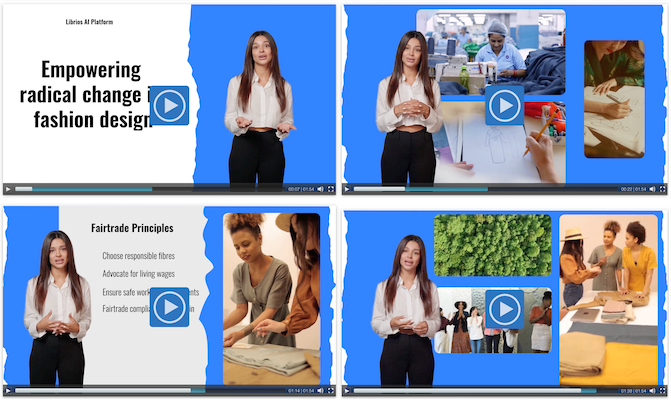Are you one of the 2m + who have seen the viral AI generated Yeti vlogs on YouTube?
Very clever and amusing if you have not seen them yet.
We all have been used to CGI in movies for decades, some even remember the Millennium Falcon, X-wings, and other starships were built from a combination of model kits, off-the-shelf parts, and scavenged materials like drainage pipes by the props department! However, the AI rush to create movie content is fast becoming established.
Everything still needs a good script. The foundations. Across the membership bodies, grounded trusted relevant content is arguably a foundation of engagement. Easy consumption of the content is another other building block. But this transfer of knowledge into new formats for ‘sell or supply’ models is nothing new.
Take the publishing sector. The industry has evolved through delivering core content in print only, then moving to PDFs, EPub, Audio books and online resources. Today, training and learning courses from core grounded content can be transformed into AI generated videos in under 30 minutes costing a fraction of the traditional cost. You can even be your own avatar.
This evolution for IP owners into more three dimensional delivery has been termed transfer learning. In AI this means using a model trained on one task and then adapting it to another related task using less data or simply, using what has been learned in one setting to improve relevancy in another setting.
Case Study
So, for the publishing industry, this allows an AI domain-specific system trained on your backlist datasets to quickly add a first layer of knowledge using RAG, like tagging academic/research texts, summarising key topics, creating new insights or augmenting other data.
The outputs are passed to a second layer to drive customer specific AI powered relevancy. For example, look how biophysics helps mechanical engineers design new machines using the way animals and insects have evolved to move and survive in their environment. The core principles of biology and physics information stay the same, but transfer learning fuses them together for relevant real-world applications.
This is the same for creating new AI videos to share knowledge. Well-designed AI generated videos using grounded content involve several prompts, from data detection prompts, to RAG prompts, to ‘use case’ tailored prompts, to script generation prompts. These build up the transfer learning process to create new focused relevant knowledge. Finally, the AI generated video can have translations applied, so your same script is delivered in multiple different languages.
Most publishers keep the generated video with the source report. But you don’t have to. Marketing can just use the videos on YouTube, websites or other promotional platforms. One business is looking at providing an AI video for their quarterly reporting summary, as there is a long held suspicion that the Board doesn’t always read all the documents before a meeting!
Future thinking
However, this exciting technology brings challenges. The biggest concern is misinformation through convincing AI-generated deepfakes. Governments worldwide are actively engaging with new laws to prevent deceptive uses of AI. Many US states have already introduced legislation specifically targeting fake AI in political campaigns. In Europe, the EU AI Act will soon enforce clear labelling requirements, ensuring viewers know when they are watching AI-generated content.
These regulations will help maintain trust in publishing to video by requiring transparency. Expect watermarking or labelling of AI-generated content to become standard, clearly distinguishing it from genuine footage.
So, while the Loch Ness Monster, Big Foot, Yeti and the Black Shuck now start to vlog, we need to keep considered the foundations of the transfer learning aspect to AI video creation.
Librios is a secure generative business intelligence platform that turns complex data and documents into actionable insights.
Contact us for a demo or visit www.librios.com #GenBI #GenAI











Leave A Comment